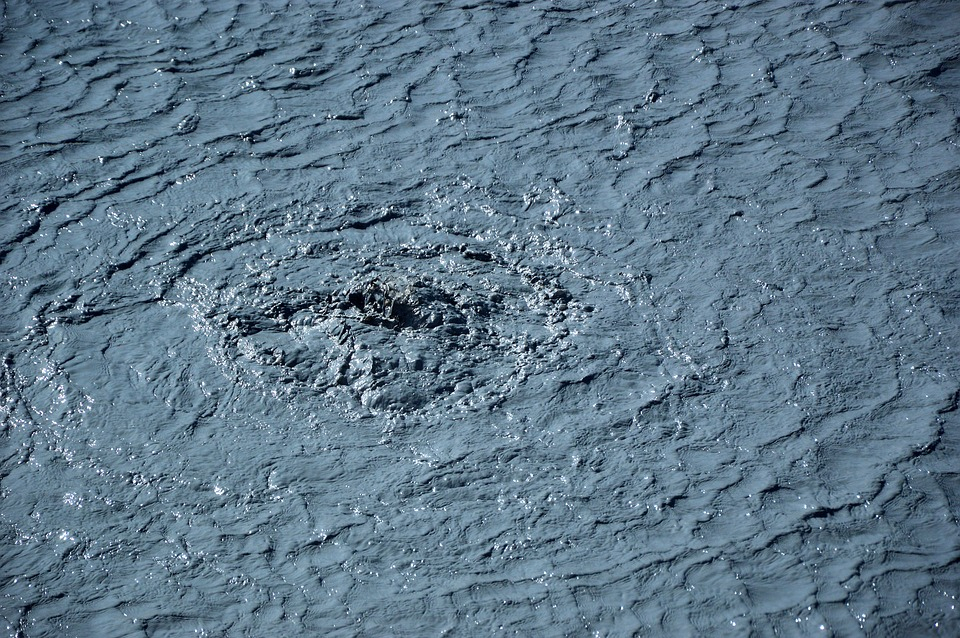As Poslovni Dnevnik/Marija Brnic writes, over recent days, announcements from various cities in the continental part of the country that they have managed to obtain grants for the development and preparation of their projects for the use of geothermal springs have been able to be read in the media. The Ministry of Regional Development and EU Funds has conducted two tenders, which cover most of the costs of preparing all of the necessary technical documentation and to increase the capacity of geothermal energy production.
A total of three million euros was made available for documentation preparation projects, and almost five million euros was set aside for increasing production capacity. The Ministry hasn’t yet announced the final results, but the cities of Bjelovar, Sveta Nedelja, Krizevci and Karlovac were the first to boast that they had received a positive response.
However, this is just the beginning, the real impetus for the use of geothermal springs, which Croatia abounds in, is yet to come. Through the NPOO programme, the Hydrocarbons Agency was approved 225 million kuna for projects to confirm geothermal potential, with the aim of using geothermal energy in heating.
It is already foreseen in the NPOO that six projects will be included, and although it isn’t known by which criteria, a list of who will be candidates for a slice of the “cake” is already ready. It has been announced in the NPOO that Velika Gorica, Osijek, Donji Miholjac, Vukovar, Djurdjenovac, Zapresic, Pozega, Vinkovci and Sisak will all compete to enter the shortlist.
These are all sites that are already known to have great potential, and through the NPOO programme, the intention is to finance the assessment of geothermal deposits in four cases, and in two projects an exploration well would be built, which is crucial for obtaining geothermal water permits and as such continuing the Croatian geothermal investment wave.
The Agency for Hydrocarbons has been authorised to carry out oil and mining works on geothermal potential testing in various locations across the country, and according to the timetable, six selected projects should be ready by mid-2026.
As was made clear in the NPOO, large stand-alone projects aren’t planned to support and co-finance on this basis, but the space in the new budget period will be made available through the Competitiveness and Cohesion Operational Programme, through which about 25 projects are planned in this regard.
The city of Sveta Nedelja already has one user of geothermal springs. Late last year, the Ministry of Economy granted a 20-year concession to a private investor, Eko Plodovi, a sister company of Rajska cherry tomatoes, whose geothermal sources provide the energy for greenhouses.
The new project, supported by the Ministry of Regional Development and EU funds provided by Norway, Iceland and Liechtenstein, will be supported by the City of Sveta Nedelja, and Mayor Dario Zurovec says several locations will be valorised.
The choice of locations
“One of them refers to the northwestern area, near the business zone, where geothermal water could be used to heat both public and private spaces, and the other is the southern part of the city, with many industrial consumers and public facilities,” said Zurovec. A pool project is also planned, and the study will, according to Zurovec, show where the best location will end up being. The heating of the public swimming pool is also planned, but it isn’t yet known at which location it will be built.
However, Bjelovar Mayor Dario Hrebak knows where the swimming pool will be in his area, which will certainly use geothermal springs. The city already has a project ready, it has even obtained building permits, and Bjelovar’s pools and the entire system would be heated by a project for which the grants were obtained in these two tenders. More can be read about that here.
Karlovac and its energy company GeotermiKA, which already has a license to explore geothermal sources, managed to provide more than 3.5 million kuna for the development of the project, which intends to ensure the production of heat, primarily for public buildings, hospitals, schools, kindergartens and public lighting.
A step ahead
In addition to European funds being absorbed in this Croatian geothermal investment plan, the preparation of these projects is also being carried out by individual counties, such as Virovitica-Podravina and Osijek-Baranja. In this year’s county budget, the people of Virovitica have provided 1.5 million kuna in support for the preparation of all of the documentation for research into the potential of geothermal springs in their area, and the city company Poslovni park Virovitica already has a permit for undertaking all of the research in that area.
Several years ago, Osijek-Slavonia County Prefect Ivan Anusic took secured almost three million kuna for the preparation of all of the study-technical documentation for geothermal potential exploration, also financed from EU sources, which, according to him, detected five micro-locations.
He added that an investment study is currently being prepared, which will determine what is suitable for exploitation in certain areas, ie for the needs of heating, tourism and agrogeothermy, and part for the production of electricity, because the deposits have a temperature of up to 120 celsius.
It has long been known that the Republic of Croatia is very rich in geothermal resources, and it is generally well prepared in terms of project preparation. With the new EU green policy and the current energy crisis culminating in the Ukrainian-Russian war, it has been confirmed that this is no longer a fad and a trend, but a necessity, and those who started with their preparations earlier are certainly at an advantage now.
For more, check out our business section.








